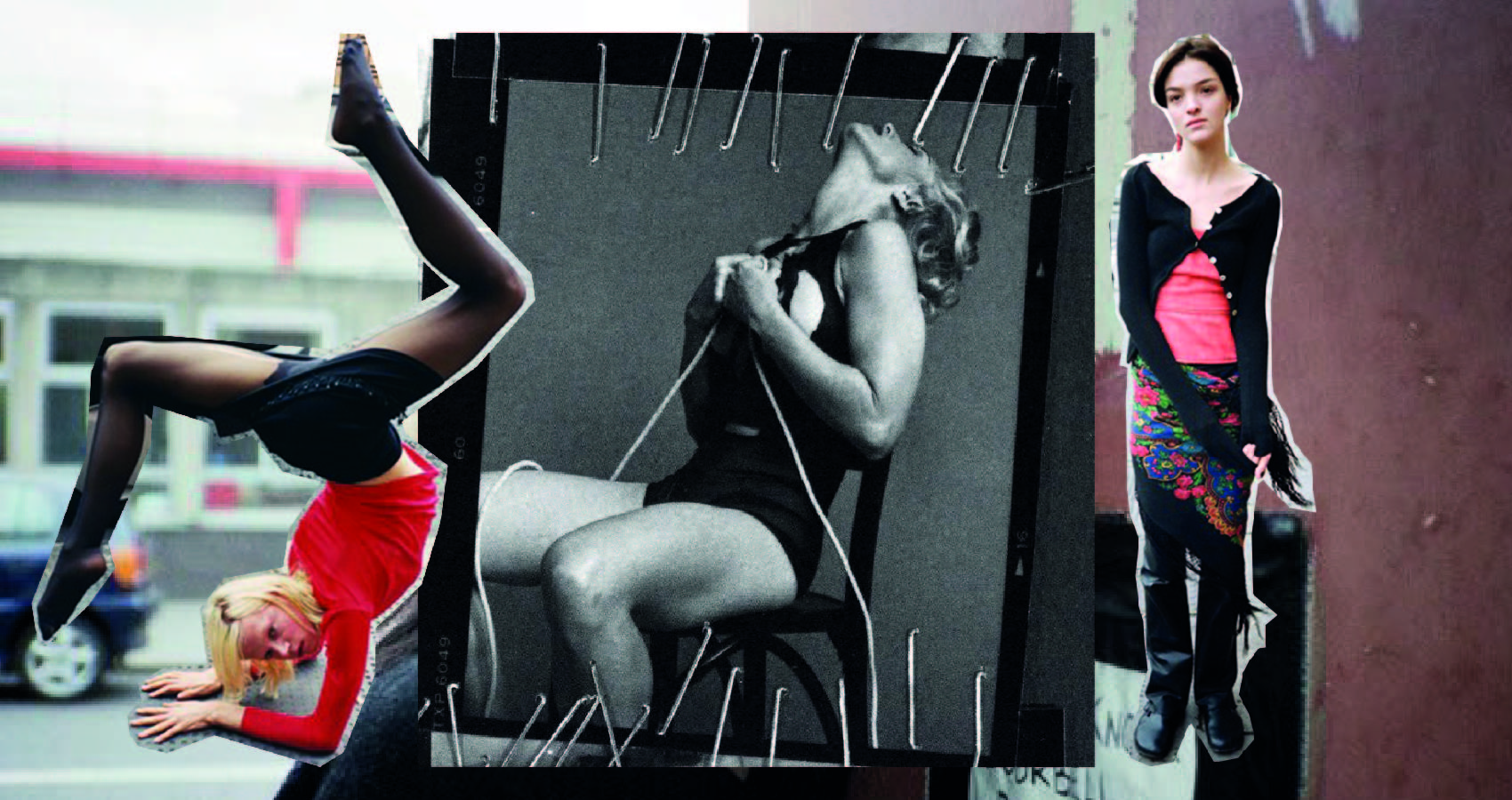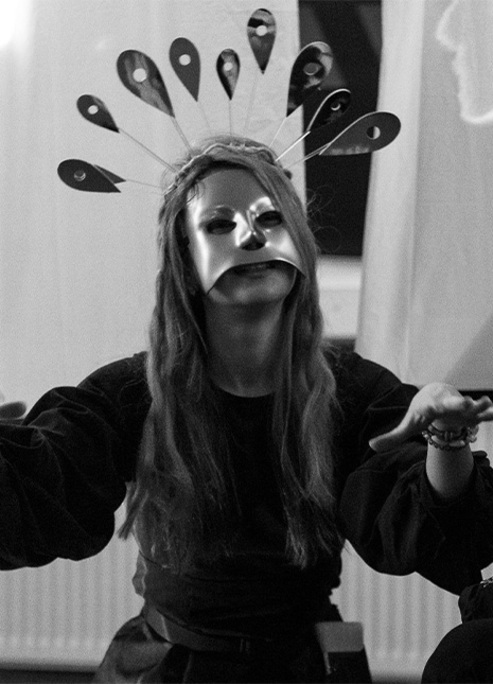Beauties And Beasts Or Two Views On Fashion Photography
Steven Meisel and Juergen Teller.
Steven Meisel is a cult figure in the world of fashion photography, renowned for his cinematic approach and meticulous attention to detail. It all began when he graduated from Parsons The New School for Design with a master's degree in fashion illustration, gaining entry into the world of fashion. Starting as an illustrator for Halston, Meisel taught drawing part-time at Parsons and never initially considered that he would not only become a photographer but one of the most popular ones.
Meisel’s creative journey took off with Madonna’s Like a Virgin album cover (1984), which became not only a symbol of pop culture but also an emblem of liberation and feminine power. Nearly a decade later, he created another provocative work, this time a full photo book titled Sex (1992). In it, Meisel explored taboo themes of sexuality and power through bold images featuring not only his beloved Madonna but also supermodel Naomi Campbell, gay porn star Joey Stefano, actor Udo Kier, and rappers Big Daddy Kane and Vanilla Ice. The work provoked a storm of controversy, but perhaps that was the point: the book was a response to societal homophobia, conservative attitudes toward sex and sexuality, and perceptions of the human body.
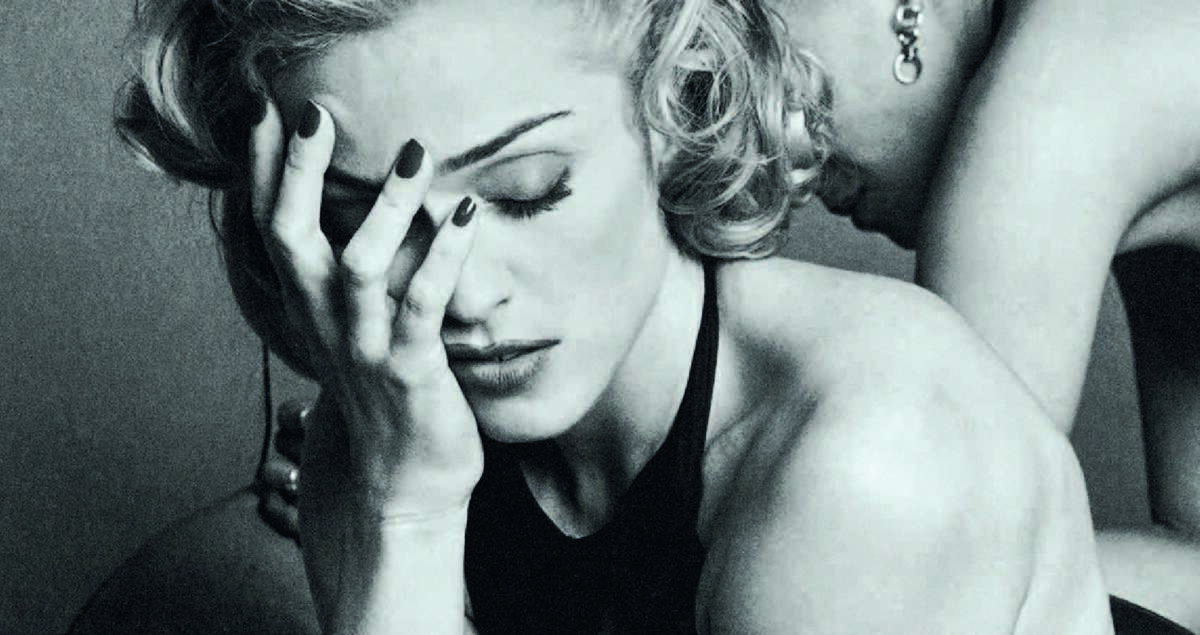
Despite initial backlash, Meisel began working with Vogue in 2008. That same year, he gained complete creative freedom in the Italian edition of Vogue, producing iconic series like the celebrated "Black Issue," which featured only Black models, drawing attention to the lack of diversity in the fashion industry.
Challenging societal norms seemed to be Meisel’s natural medium. His 2007 series "Make Love Not War" reignited interest in another great pacifist, John Lennon, while presenting a set of simultaneously beautiful and harrowing images with a poignant message.
The voice of naturalism
Juergen Teller is a German photographer whose work has become a hallmark of an anti-mainstream approach to fashion photography. Born in the small German village of Bubenreuth, Teller initially trained as a lithographer before his passion for photography led him to London, where he began his career. Teller quickly stood out among his peers for his rejection of retouching, use of natural light, and deliberately raw aesthetic.
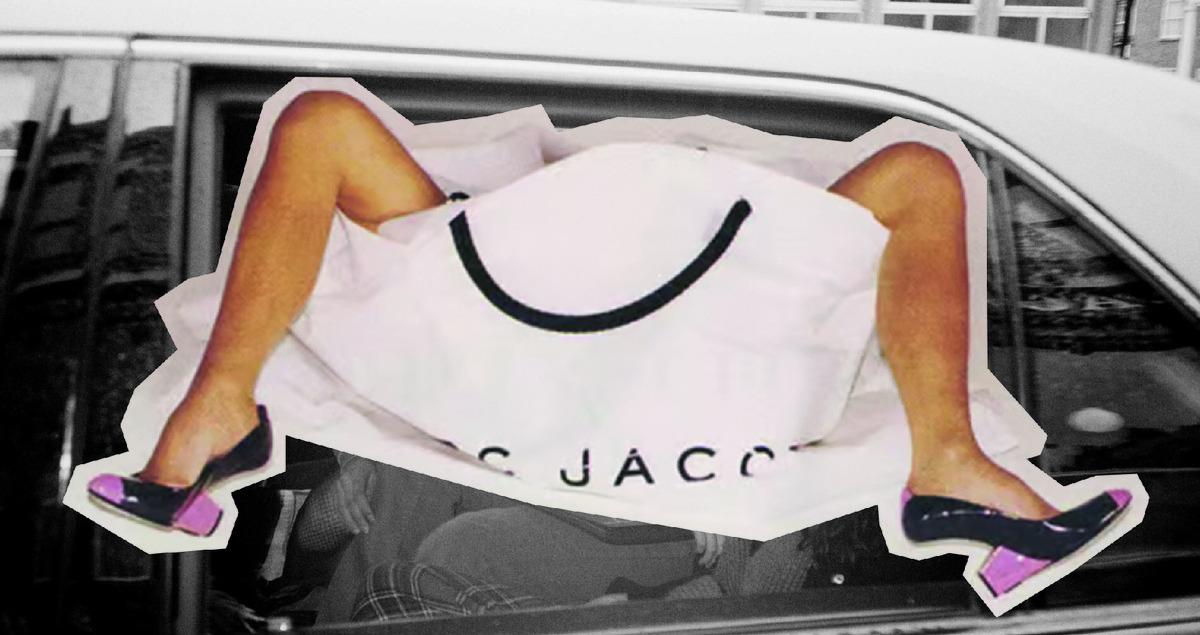
One of his most recognizable works was a campaign for Marc Jacobs featuring Victoria Beckham posing in a shopping bag. This humorous and absurd image became a defining example of his style. Teller also broke glossy fashion norms with his Go-Sees series (1999), documenting models arriving for casting calls in everyday clothes and without makeup. This series became a kind of backstage documentary of the fashion industry. Teller’s talent for finding beauty in natural imperfections set a new standard for how "ideal beauty" could be perceived.
Teller also explored vulnerability and body image in his self-portrait series, where he often posed nude. Nudity, a recurring theme in his work, allowed him to examine himself from an external perspective, reflecting on and accepting his body’s changes. In 2013, curators at the d'Orsay Museum included Teller’s "nudes" in the exhibition "Masculine / Masculine. The Nude Man in Art from 1800 to the Present Day" Seeing his images alongside works by Picasso, Cézanne, and Lucian Freud, Teller recalled feeling insecure at the time due to back problems and body image issues. However, the exhibition gave him newfound confidence, as he recounted, “That photo I took in my grandfather’s room. My mother was furious: ‘Why are you photographing yourself naked? It’s shameful and disgusting!’ When I told her my self-portrait was displayed alongside works by old masters, she shrugged. And I finally felt very confident.”
Two Poles of Fashion Photography
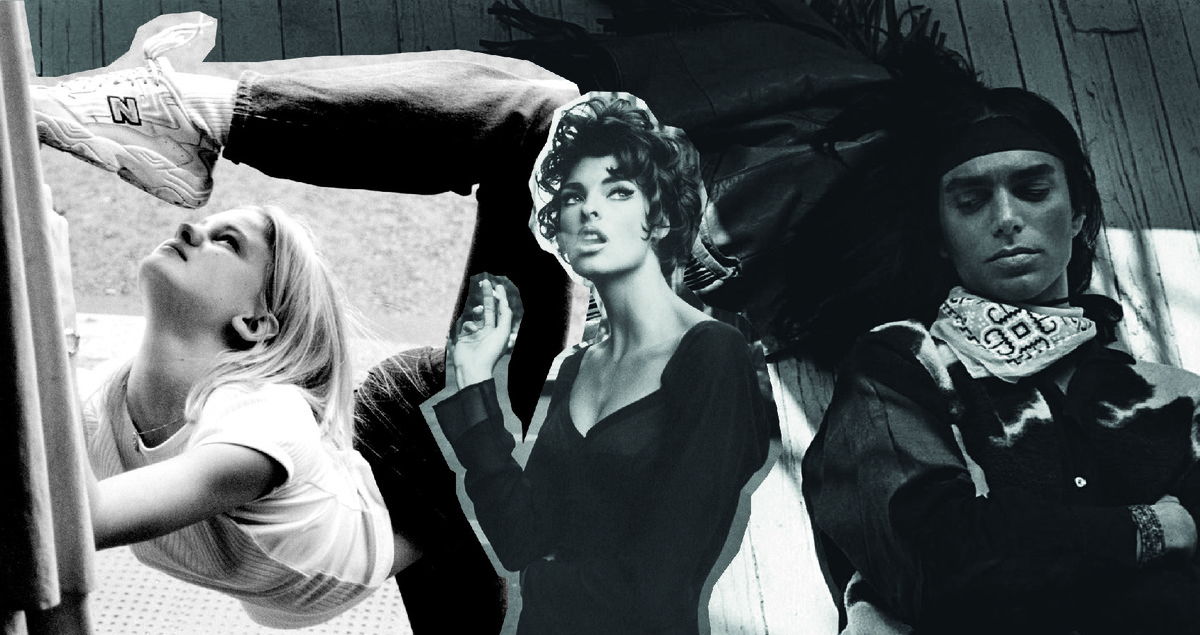
Steven Meisel and Juergen Teller embody two extremes in fashion photography, not only in style but also in the messages they convey through their work. Meisel’s images are meticulously constructed, like cinematic scenes where every detail — from lighting to composition — contributes to an idealized and often provocative portrayal. His works often reflect a fantastical vision, elevating the subject to an almost divine status, which mirrors the aspirational nature of traditional high fashion.
In contrast, Teller strips away these layers of idealization. His raw, unfiltered approach challenges the viewer to see beauty in imperfection, to accept vulnerability, and to question preconceived notions of glamour. Teller’s refusal to retouch his images not only democratizes fashion but also invites an intimate connection between the subject and the audience, offering authenticity over fantasy.
With the rise of ai fashion photography, these contrasting approaches have gained new dimensions. Where Meisel’s work invites awe and aspiration, Teller’s images demand reflection and empathy. While Meisel’s compositions push the boundaries of what fashion can represent in terms of theatricality and grandeur, Teller brings fashion back to the human level, reminding us of its personal and emotional resonance. Together, they represent the duality of fashion photography: one that inspires dreams and another that reveals truths.



